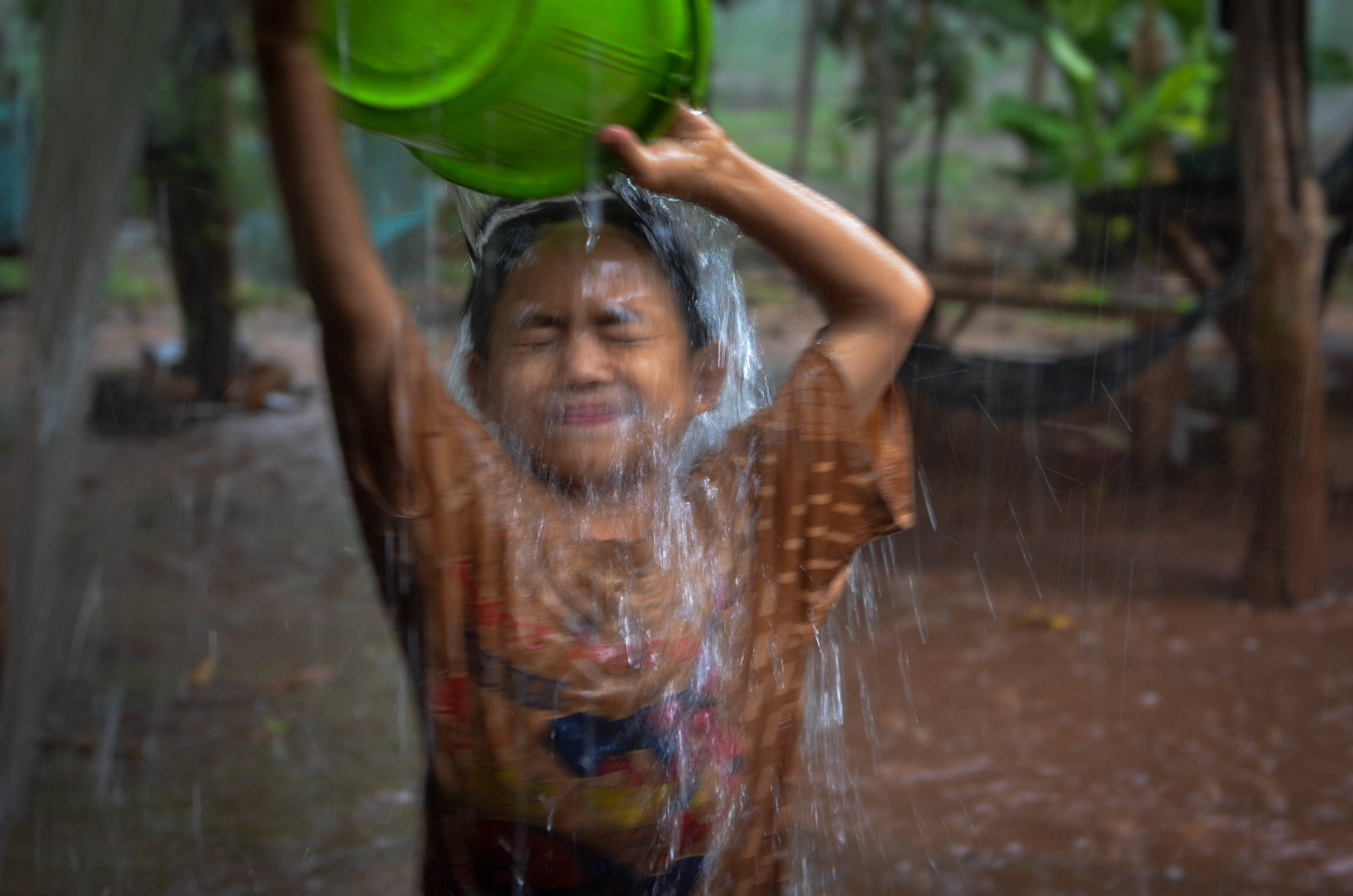Fluids: a Khmer heirloom in Northern Cambodia
When Charlie was no older than a teenager, he fled Kampuchea like countless others to occupy refugee camps on the border of Thailand. Among them were not only the educated elite and bourgeoisie that were being targeted for execution under the Khmer Rouge regime; but the camps swelled with peasants and workers labouring under excruciating conditions and escaping rural poverty. People were not only running from the country, they were fleeing from a status and hierarchy that determined who should live and die before 'Year Zero' began. Charlie's fate was sealed when his sister was granted a French visa under a scheme for educated Cambodian refugees. She cast the line for her family to also secure freedom in the country of colonial roots. From Paris, doorways in California opened and Charlie moved from one place to the next learning new languages, customs and integrating into different lives. All the while, he watched the natural progression of his country as the Rouge fell, Vietnam invaded, guerrilla warfare dominated and eventually a coup overthrew government rule. After twenty years, he acted on a deep longing to return to his country and be with his people in the newly formed 'Kingdom of Cambodia'. He eventually settled on a rubber plantation in north-eastern Ratanakiri province with his wife and children. His stories are carried on in the faces of the two children who represent a generation 'born free' of genocide and oppression. They belong to a generation of Khmer liberated with the choice to fit into whatever social hierarchy they chose. They will remodel and reshape as time goes on, readjusting to a new life just like their father. Like water, washing the old life away.
A comprehensive timeline of events in Cambodia's history has been detailed by the BBC.



